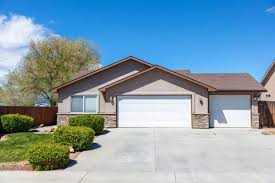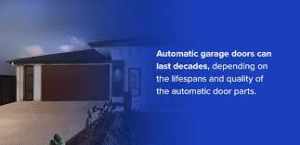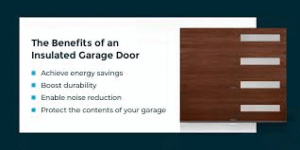When selecting a new garage door, one of the key decisions you’ll need to make is which material to choose. Each material offers distinct advantages and disadvantages, and understanding them can help you make an informed decision that suits your needs and budget.
Steel garage doors are one of the most popular choices due to their durability, low maintenance, and security. Steel is resistant to dents and rust, making it ideal for homeowners in areas with harsh weather conditions. However, steel doors can be prone to scratching and may require regular painting to maintain their appearance.
Wooden garage doors offer a classic and elegant look, adding a traditional charm to your home’s exterior. They can be custom-designed and stained or painted to match the style of your house. However, wooden doors require more maintenance, including periodic sealing and repainting, to protect them from the elements. They are also more expensive than other materials and can be prone to warping or cracking over time.
Aluminum garage doors are lightweight and resistant to rust, making them a great option for coastal areas with high humidity. They are also more affordable than steel or wooden doors but may not provide the same level of insulation. Aluminum doors are also more prone to dents, especially in areas with heavy impact.
Fiberglass garage doors are a popular choice for homeowners seeking a low-maintenance option. They are energy-efficient, resistant to dents, and can mimic the appearance of wood without the maintenance requirements. However, fiberglass doors are more susceptible to cracking in extreme temperatures and can be more expensive than steel or aluminum.
Each material has its benefits and drawbacks, so it’s important to consider factors like budget, aesthetic preferences, climate, and maintenance requirements when making your decision.






